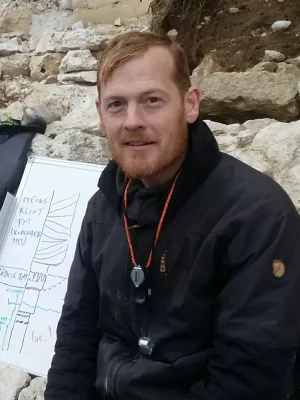
Mikael Calner
Professor

Stable ocean redox during the main phase of the Great Ordovician Biodiversification Event
Författare
Summary, in English
The Great Ordovician Biodiversification Event (GOBE) represents the greatest increase in marine animal biodiversity ever recorded. What caused this transformation is heavily debated. One hypothesis states that rising atmospheric oxygen levels drove the biodiversification based on the premise that animals require oxygen for their metabolism. Here, we present uranium isotope data from a Middle Ordovician marine carbonate succession that shows the steepest rise in generic richness occurred with global marine redox stability. Ocean oxygenation ensued later and could not have driven the biodiversification. Stable marine anoxic zones prevailed during the maximum increase in biodiversity (Dapingian–early Darriwilian) when the life expectancy of evolving genera greatly increased. Subsequently, unstable ocean redox conditions occurred together with a marine carbon cycle disturbance and a decrease in relative diversification rates. Therefore, we propose that oceanic redox stability was a factor in facilitating the establishment of more resilient ecosystems allowing marine animal life to radiate.
Avdelning/ar
- Berggrundsgeologi
Publiceringsår
2022-12
Språk
Engelska
Publikation/Tidskrift/Serie
Communications Earth and Environment
Volym
3
Issue
1
Dokumenttyp
Artikel i tidskrift
Förlag
Springer Nature
Ämne
- Geology
Status
Published
ISBN/ISSN/Övrigt
- ISSN: 2662-4435

